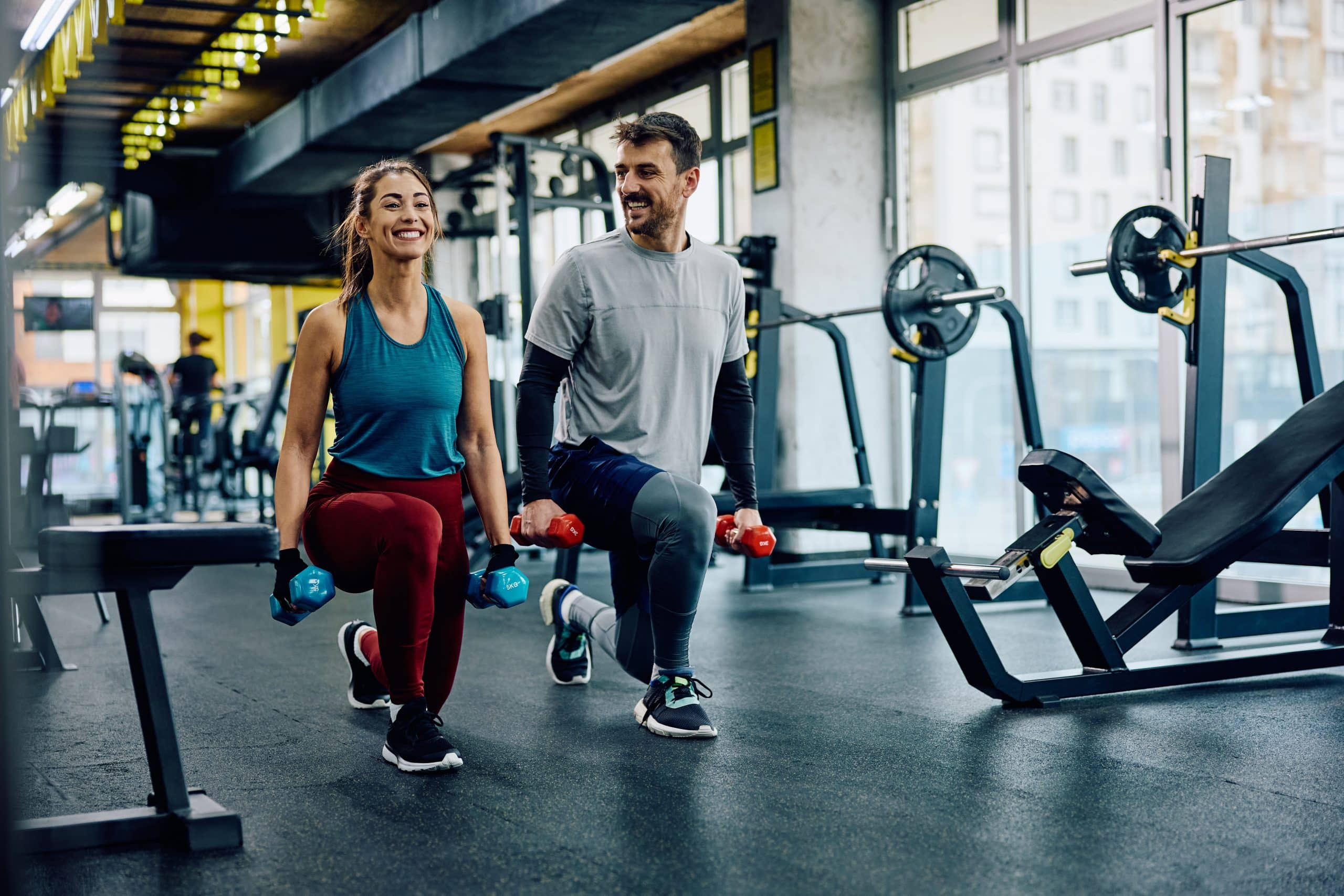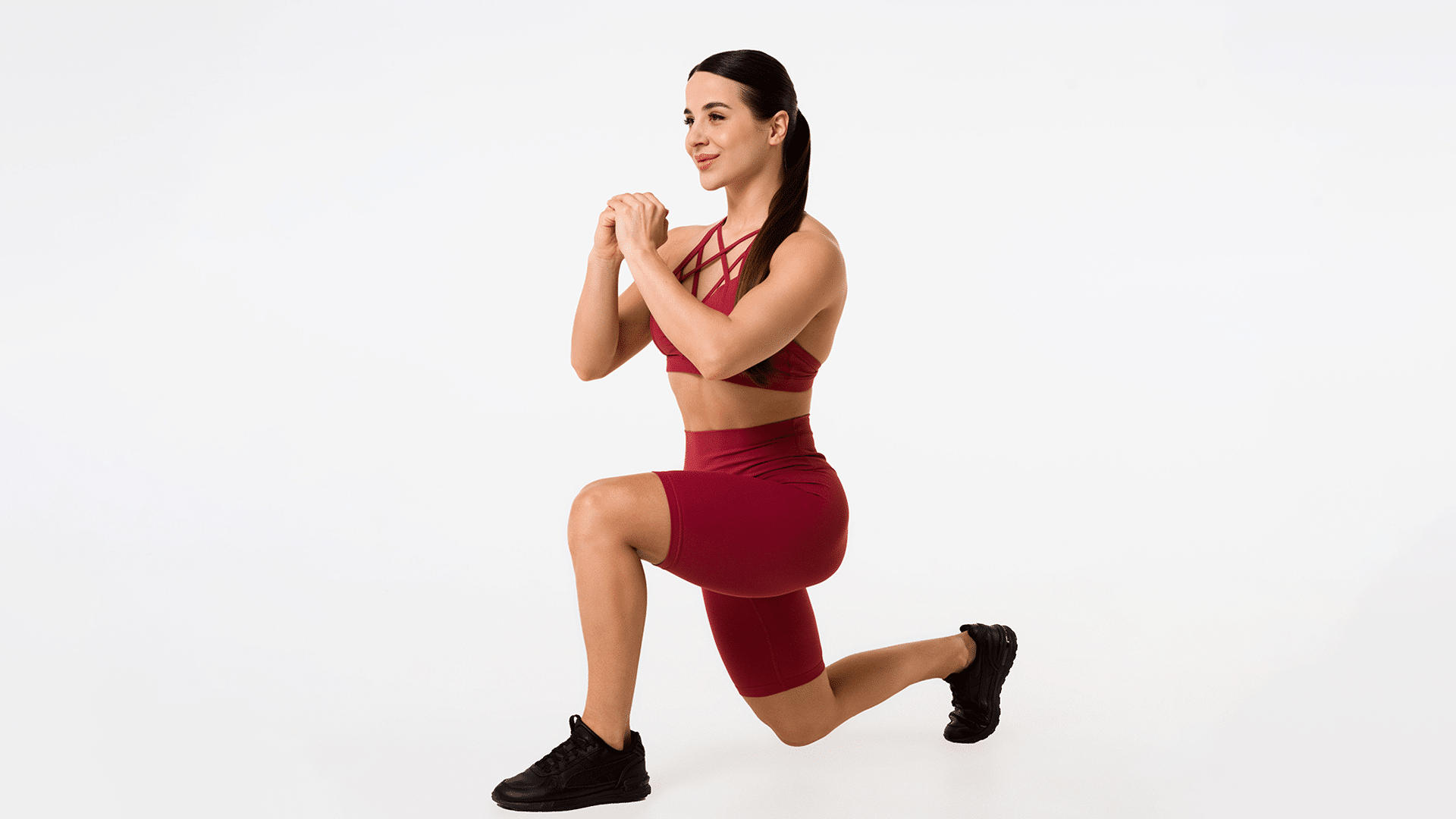There are hundreds, if not thousands, of fitness myths. But, perhaps, the most common one is the belief in the slogan, “no pain, no gain”. Scientific evidence has ruled this a myth as pain shows that your body is signaling that something’s wrong. So, you must stop and attend to your body’s needs. One saying that leaves many people on the fence is believing that you can turn fat into muscle during weight lifting. Some people think it is factual, while others consider it a myth. But what does science say? Can you really turn fat into muscle by lifting? This read explores this concept and provides scientifically backed evidence to support the answer.
Can You Turn Fat Into Muscle By Lifting?
If you have looked for workouts to burn fat and build muscle, perhaps you have come across pieces that recommend weight lifting. They argue that lifting helps in turning fat into muscle. But what does science say about this theory?
Unfortunately, all scientific evidence points to no. No scientific process, mechanism, or formula shows you can turn fat into muscle by lifting. Regardless if you lift weights, practice clean eating, portion control, and follow a muscle-building diet, the answer remains no. You cannot turn fat into muscle.
Perhaps the most straightforward analogy to answer this is that you cannot turn an orange into an apple or vice versa. The main reason why this is scientifically impossible is that fat and muscle are two different tissues.
What Is The Difference Between Fat And Muscle?
The primary reason why you cannot turn fat into muscle is that fat and muscle are two entirely different types of tissue, as mentioned earlier. Fat refers to a natural oily substance that is mainly deposited as a layer underneath the skin and other body organs.
Meanwhile, muscle is a band or bundle of fibrous tissue that can contract to produce movement or maintain the position of different body parts (5). Based on the two definitions, it is evident that fat and muscle are different elements. So, neither can be converted directly to the other.
Another difference between fat and muscle worth noting is that fat is less dense and has more volume compared to muscle. Additionally, it uses lower calories during metabolism, unlike muscle.
Read More: Farmer’s Walk Benefits: Burn Fat And Tone Your Body With This Exercise
What Happens To Fat When You Lift Weights?
We all know that weight lifting helps in building muscle. But is the theory that it turns fat into muscle plausible? Of course not. We have determined that the two are different tissues, meaning they cannot be directly converted into the other. So what happens to belly fat when you lift weights?
Whether it is your belly, back, or thigh fat, science shows that when you lift weights, you burn calories. One pound (0.45 kg) of fat contains 3, 500 calories (7). So, when you burn calories, you indirectly lose fat.
The Center for Disease Prevention and Control (CDC) states that a healthy weight loss pace would entail shedding a pound or two a week (4). So, if you want to lose one pound a week, you would have to burn 500 calories (3, 500 calories/7 days).
What Happens When You Lift Weights?
Weight lifting or resistance training has been linked to significant lean body mass and strength gains. For example, a 2012 study showed that resistance training significantly increased body mass and strength in overweight individuals (2).
However, there have been conflicting reports in the literature about whether or not resistance training induces fat mass loss. Some randomized controlled trials show that resistance training significantly reduces fat mass (5).
However, others either report a statistically insignificant rate or no change in fat mass, with the argument that lifting has too little to no effect on fat cells (3). So, it would be best to look for other more effective fat loss exercise programs instead of lifting.
BetterMe app will provide you with a host of fat-frying fitness routines that’ll scare the extra pounds away and turn your body into a masterpiece! Get your life moving in the right direction with BetterMe!
Effective Ways On How To Lose Fat
Losing fat is not an easy task. That is why most people secretly wished they could convert fat into muscle by lifting. However, since that is out of the window, you have to put in the work if you want to lose fat. But how? Most scientific studies point to making dietary changes (1).
After all, weight loss accounts for 20% of exercise and 80% of the diet. But then again, the aspect of dietary changes is also confusing. This is because the market is filled with fad diets and so-called “magical” fat-burning supplements.
Additionally, several studies show a no-fit-for-all fat loss diet as the optimal diet is still under debate (1). So does it mean you gamble until you get a diet that promotes fat loss? Thankfully, that is not the case.
The same studies reveal that the ideal diet for long-term fat loss has to be healthy, nutritionally adequate, affordable, culturally acceptable, and helps you maintain a calorie deficit.
Some of these diets and the most recommended for weight loss in today’s society are:
-
Mediterranean Diet
A Dietary Intervention Randomized Controlled Trial was conducted alongside a low-carb and low-fat diet in 322 obese subjects in a workplace setting (6).
After two years, the men reported a mean weight loss of 2.9 kg for the low-fat group, 4.4 kg for the Mediterranean diet, and 4.7 kg for the low-carb group (6). Besides fat loss, this diet has been linked to reduced risk of cardiovascular-related diseases and improved longevity (6).
Read More: Sprint Workouts To Blast Fat, Fire Your Muscles, And Build Muscle And Power
-
A Low-Fat Diet
A low-fat diet is effective in weight loss for several reasons. Firstly, consuming low-fat foods means lowering the proportion of calories you consume from fat.
Typically, one gram of fat contains more than twice the calories of a gram of carbs or protein (9 kcal/gram vs. 4 kcal/gram) (1). Secondly, fat is less satiating than energy from carbs, meaning cutting fatty foods will prevent overeating (1).
-
Hypocaloric Diets
These diets operate on the weight loss principle of reducing the number of calories you consume compared to what your body burns. So they reduce your daily calorie limit by 500 to 700 calories. The restriction ranges from 1, 200 to 1, 500 in females and 1, 500 to 1, 800 for males. Similarly, these diets balance the macronutrient composition as 30% fat, 50% carbohydrate, and 20% protein (1).
Betterme will keep you laser-focused on your weight loss journey! Nutrient-packed meal plans, fat-blasting workouts, galvanizing challenges and much more. Try using the app and see for yourself!
The Bottom Line
Can you turn fat into muscle by lifting? The answer is no. Lifting is most effective for building muscle and not fat loss. Again, fat and muscle are two different tissues that cannot be directly converted into each other.
The most recommended fat loss strategy is healthy dietary changes. It is worth noting that there are many fad diets in the industry. So, consult with your doctor and dietitian before trying any diet for fat loss.
DISCLAIMER:
This article is intended for general informational purposes only and does not address individual circumstances. It is not a substitute for professional advice or help and should not be relied on to make decisions of any kind. Any action you take upon the information presented in this article is strictly at your own risk and responsibility!
SOURCES:
- Defining the Optimal Dietary Approach for Safe, Effective and Sustainable Weight Loss in Overweight and Obese Adults (2018, ncbi.nlm.nih.gov)
- Effects of aerobic and/or resistance training on body mass and fat mass in overweight or obese adults (2012, ncbi.nlm.nih.gov)
- Lifting Weights? Your Fat Cells Would Like to Have a Word. (2021, nytimes.com)
- Losing Weight (2020, cdc.gov)
- Muscle hypertrophy with large-scale weight loss and resistance training (1993, pubmed.ncbi.nlm.nih.gov)
- Weight loss with a low-carbohydrate, Mediterranean, or low-fat diet (2008, pubmed.ncbi.nlm.nih.gov)
- Why do doctors recommend a slow rate of weight loss? What’s wrong with fast weight loss? (2020, mayoclinic.org)














